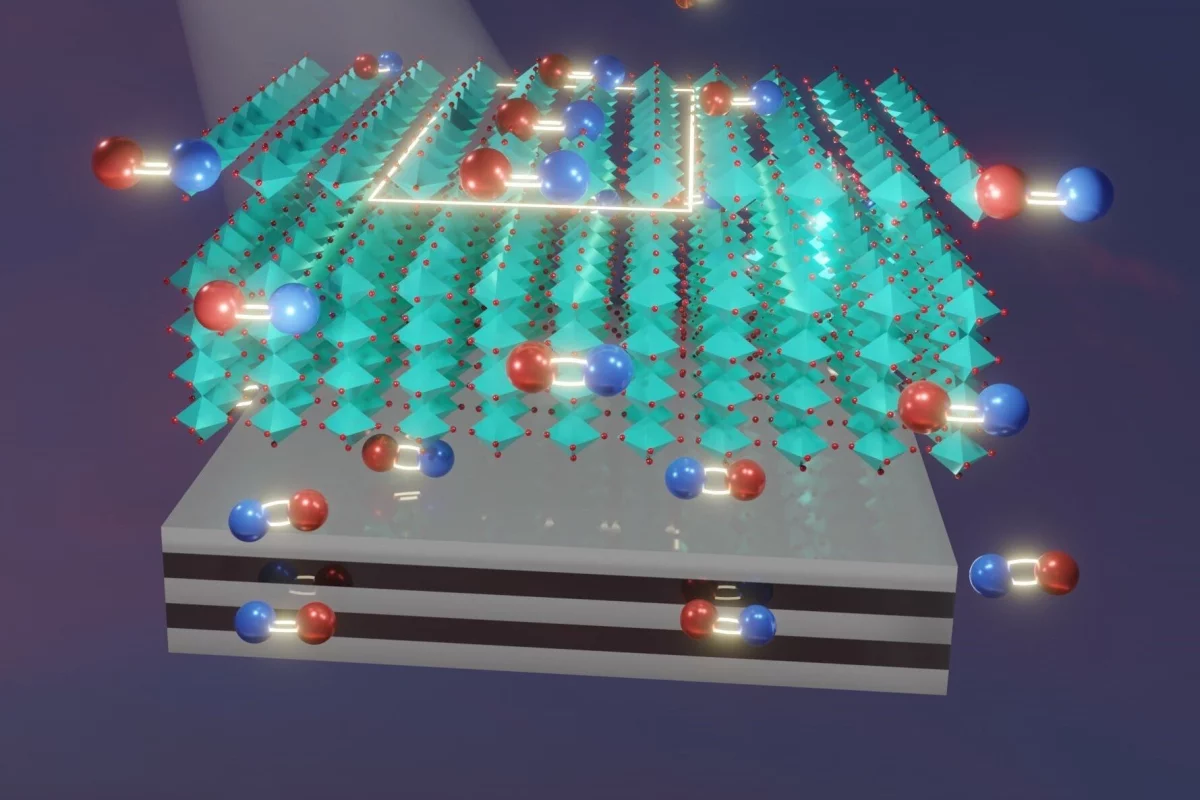Perovskites are one of the most promising new materials for solar cell technology. Now engineers at the University of Rochester have developed a new way to more than triple the material’s efficiency by adding a layer of reflective silver underneath it.
For the better part of a century, silicon has been the go-to material for making solar cells, thanks to its abundance and efficiency in converting light to an electrical current. But in just the last decade, a new contender has rapidly risen through the ranks – perovskite, which is much cheaper and has already caught up to silicon in efficiency.
Now a new study has boosted perovskite’s efficiency by three and a half times, without even tweaking the material itself. Instead, the team found that adding a layer of a different material underneath it changed the interactions of the electrons in the perovskite, reducing an energy-sapping process.
Perovskites and other photovoltaic materials generate electricity by allowing sunlight to excite electrons in the material, causing them to jump out of their atoms, ready to be guided to generate an electrical current. But sometimes, electrons fall back into the “holes” they left behind, reducing the overall current and as such the efficiency of the material. This is what’s known as electron recombination.
The researchers found they were able to drastically reduce electron recombination in perovskite by placing it on a substrate made up of either silver alone, or alternating layers of silver and aluminum oxide. The team says that doing so creates a kind of mirror that produces reversed images of the electron-hole pairs, which lessens the likelihood of electrons recombining with the holes. In tests, the engineers showed that adding these layers boosted the efficiency of light conversion by 3.5 times.
“A piece of metal can do just as much work as complex chemical engineering in a wet lab,” said Chunlei Guo, lead author of the study. “As new perovskites emerge, we can then use our physics-based method to further enhance their performance.”
The research was published in the journal Nature Photonics.
Source: University of Rochester




